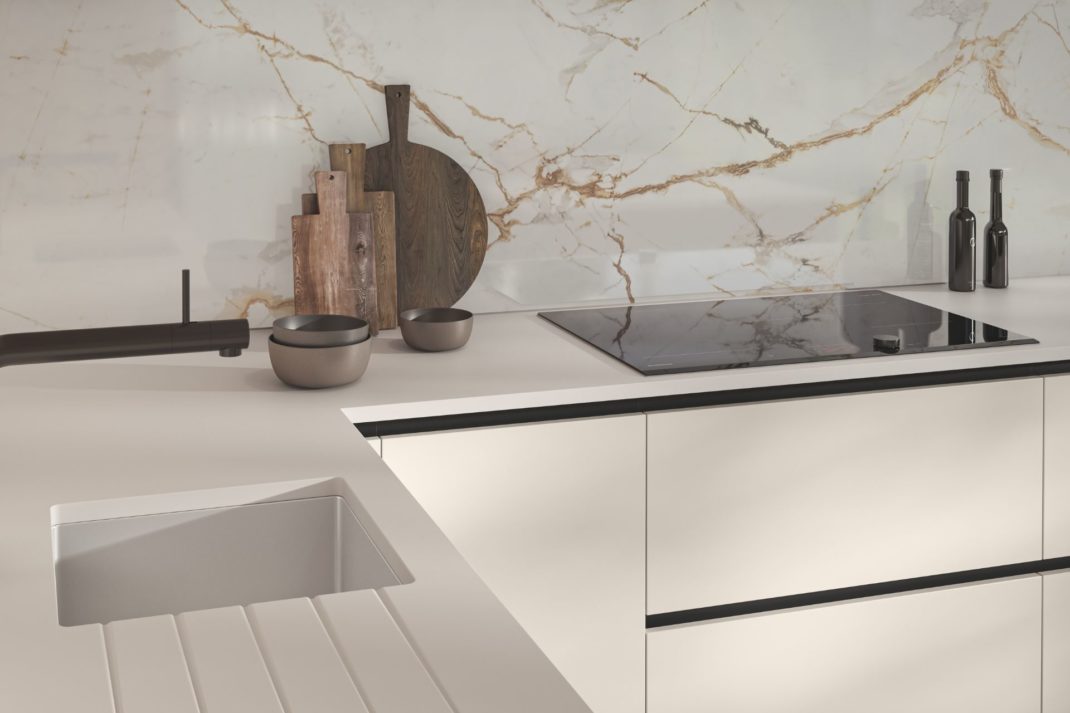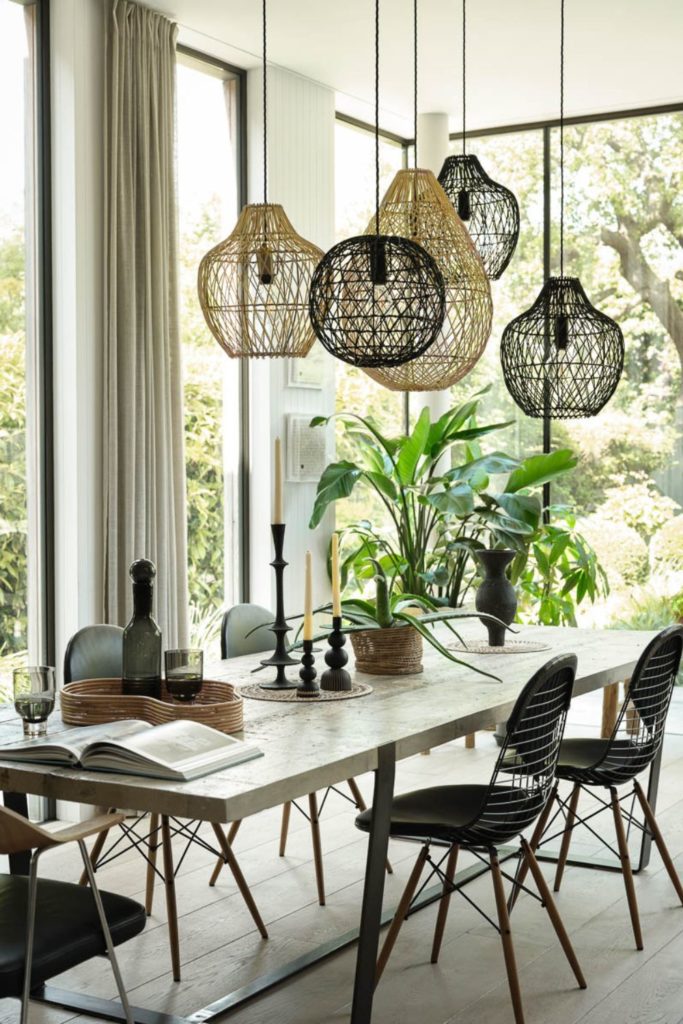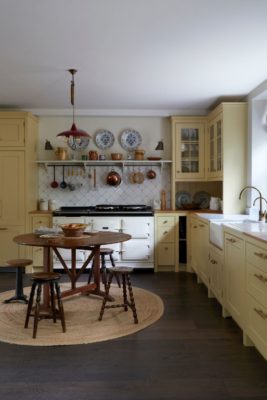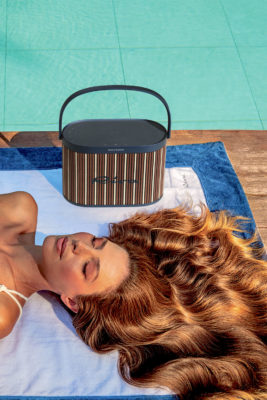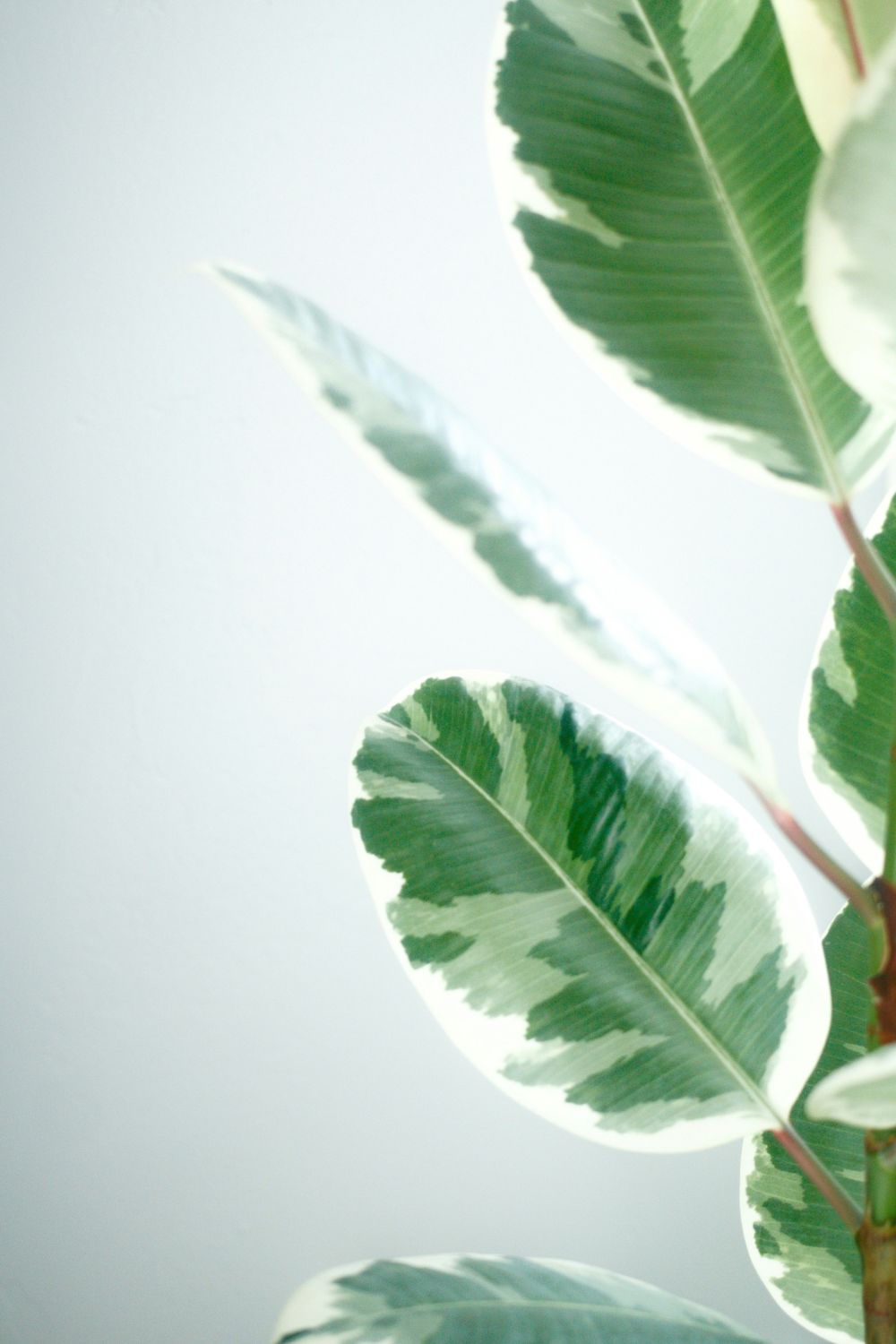
The Key To Avoiding Mould In Your Home? The Humble Houseplant
By
5 months ago
Green fingers at the ready
As winter draws in, the downside to the festive season is the cold weather – and along with it the threat of mould in your home. If you’re hunting for ways to tackle the problem, there’s an unlikely saviour: houseplants.
Do Houseplants Really Stop Mould?
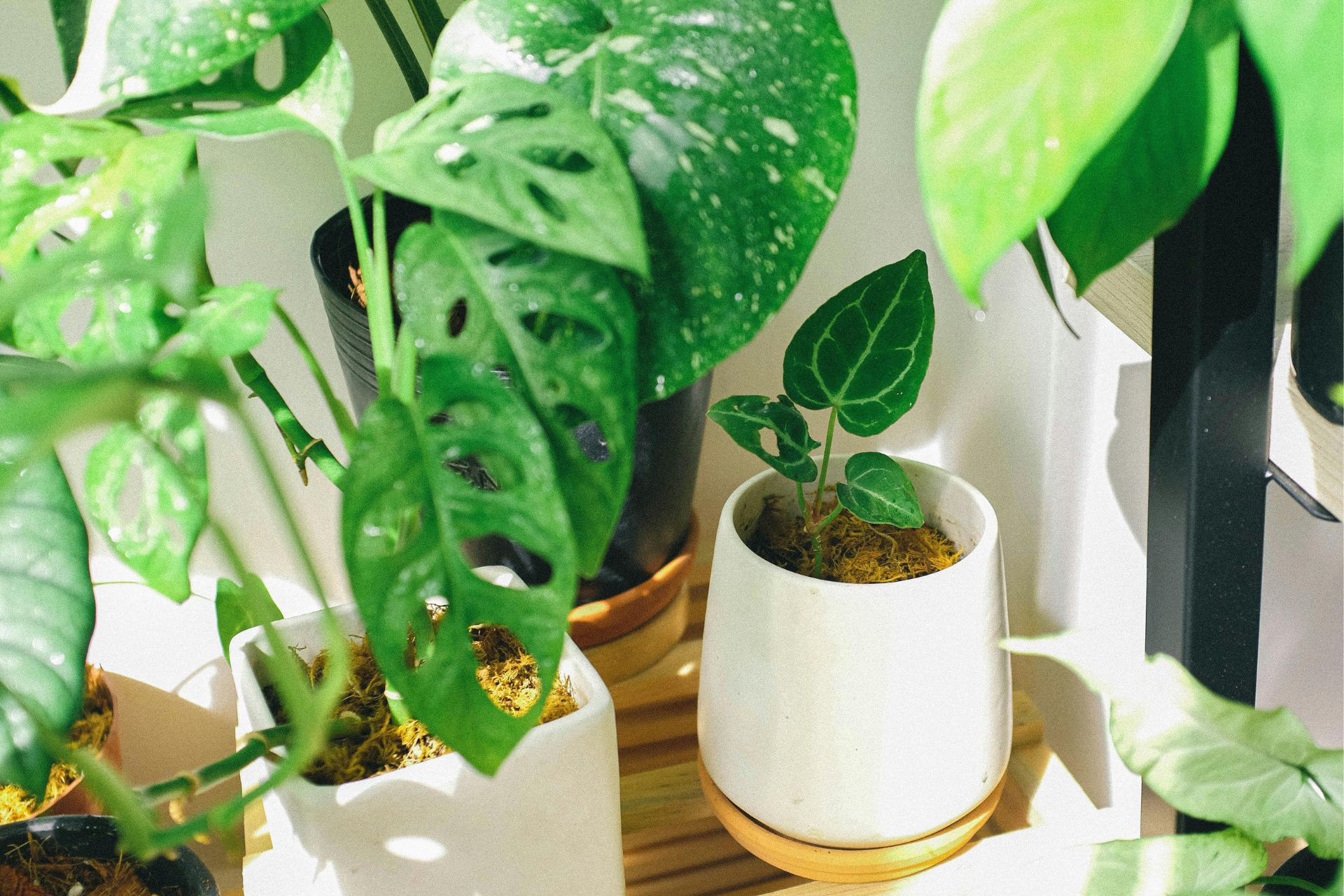
Mould might not be glamorous, but it’s a problem that rears its head when winter rolls around. It’s a particular concern in older homes, or any property with reduced ventilation and higher levels of humidity – since mould growth occurs when excess moisture condenses on cold surfaces.
Alongside traditional solutions like dehumidifiers and anti-mould paint, there’s way of stopping mould that you might not have considered: the humble houseplant. Since many varieties of plant absorb moisture, they’re the perfect thing to add to your arsenal if you’re battling household mould.
‘Certain houseplants are renowned for their ability to absorb moisture through a process known as transpiration,’ say the experts at Beards & Daisies. Jo, founder of the company and author of the houseplant guide The Unkillables, argues that ‘incorporating a few carefully chosen houseplants can make a real, measurable difference in controlling moisture and mould. It’s a small but effective way to improve your home environment, especially when other ventilation options might be limited during autumn and winter – and let’s not forget, houseplants boost your mood too.’
The Best Houseplants To Help Stop Mould
Peace Lilies
‘Peace lilies are particularly effective at pulling moisture from the air, which can help lower indoor humidity levels – one of the primary triggers for mould growth,’ says the Beards & Daisies team. ‘By strategically placing these plants in damp areas, homeowners can create a natural humidity buffer.’ (Although it’s important to note that they’re toxic to pets.)
‘The larger the plant, the more effective it will be at removing the mould – and it can help to remove airborne toxins, too,’ adds Angela Slater, gardening expert at Hayes Gardening World. ‘Keep it just damp; you’ll know when it needs watering as the leaves will droop.’
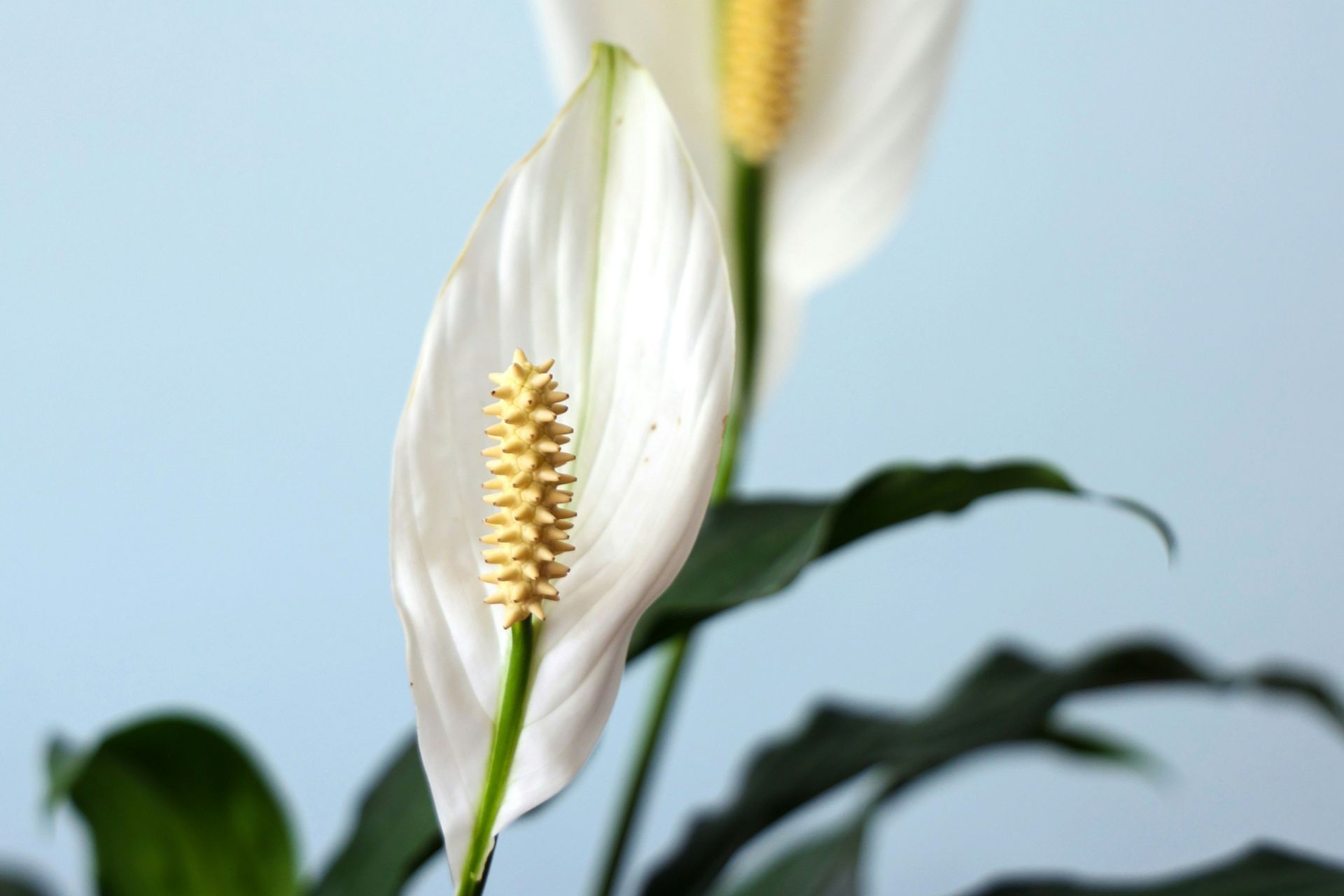
English Ivy
‘English ivy is another effective mould remover, and it’s one of the easiest plants to keep,’ says Angela (but it’s also toxic to pets). ‘It doesn’t mind a little shade; just make sure to keep it damp at all times – or its leaves will go brown and drop, reducing its effectiveness – but don’t overwater English ivy, as it doesn’t like sitting in sodden compost.’
This particular plant is ‘usually available in a hanging pot, which is handy if floor space is restricted, or trained up a tripod of canes,’ Angela continues. ‘It’s ideal plant for the bathroom or kitchen as it thrives in a humid atmosphere.’
Snake Plants
‘The snake plant is one of the easiest and most hard-wearing houseplants – it’s ideal for beginners, as it will tolerate a level of neglect,’ says Angela. ‘Don’t over-water these plants, as they can rot at the base; just add a little water at a time and wait until the surface of the compost is dry before watering again. Snake plants prefer a sunny position, but will tolerate a slightly shady spot.’
Like peace lilies, snake plants also boast air purifying qualities. ‘Snake plants are known to reduce airborne toxins which contribute to mould spore growth,’ the Beard & Daisies team explains. ‘These plants absorb pollutants and convert them into nutrients, helping to clean the air naturally – a vital consideration for older homes where ventilation may be limited.’
Palms
‘Any of the palms available in your local garden centre are effective at removing toxins, as well as absorbing moisture through their leaves,’ Angela states. ‘They’ll tolerate a certain degree of dryness, so they’re great for beginners.’
Where To Place Plants In Your Home
‘To maximise the benefits of your houseplants, consider placing them in areas prone to dampness, such as bathrooms, kitchens, or laundry rooms,’ says the Beards & Daises team. ‘In historic homes, this can be particularly beneficial, as these spaces often experience higher moisture levels due to frequent use of water.’

